Approval of Ba Ria-Vung Tau province planning for the period 2021–2030, vision to 2050 in Vietnam
What are the regulations on approval of Ba Ria-Vung Tau province planning for the period 2021–2030, vision to 2050 in Vietnam? - Ha My (Vung Tau)
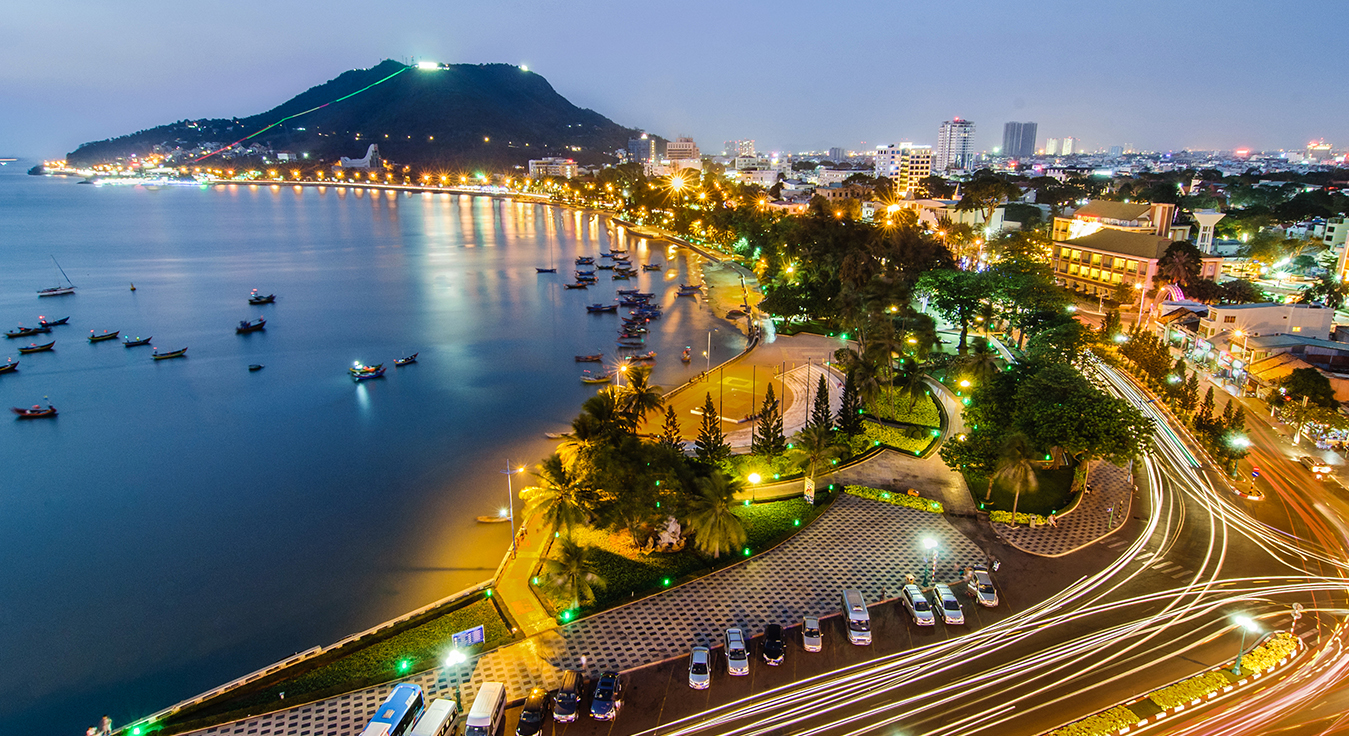
Approval of Ba Ria-Vung Tau province planning for the period 2021–2030, vision to 2050 in Vietnam (Internet image)
On December 16, 2023, the Prime Minister issued Decision 1629/QD-TTg approving the Planning of Ba Ria-Vung Tau province for the period 2021–2030, with a vision to 2050 in Vietnam.
Approval of Ba Ria-Vung Tau province planning for the period 2021–2030, vision to 2050 in Vietnam
(1) Development objectives until 2030
* Overall objectives
Build Ba Ria - Vung Tau province to develop comprehensively, becoming one of the important development driving areas of the Southeast Region. It is the national marine economic center and is in the group of 5 leading marine economic development localities in the country, basically meeting the standards of a centrally run city, a multi-center urban structure, and multi-modal transport infrastructure by 2030. Maintaining a solid position in the group of 10 localities with the highest GRDP scale and total state budget revenue in the country; economic development is in harmony with progress, social justice, and improving the quality of people's lives and environmental protection; effective management and use of resources; adaptation to climate change and rising sea levels; ensuring national defense and security; and firmly protecting sovereignty and territorial integrity.
* Specific objectives and targets until 2030
- Economic:
+ Develop economic sectors and fields to ensure high competitiveness and close and effective links with localities in the Southeast Region and the whole country through the economic corridor Moc Bai-Ho Chi Minh City-Bien Hoa-Vung Tau and the southern dynamic region.
+ Gross product in the province (GRDP) excluding oil and gas average growth in the period 2021–2030 is about 8.1-8.6%/year, average GRDP per capita by 2030 is about 497 million VND (equivalent to 18,000–18,500 USD).
+ Economic structure (GRDP) by 2030: industry - construction is about 58–58.5% (of which processing and manufacturing industry in GRDP is about 40-43%); services: 29–29.5%; agriculture, forestry, and fisheries: 6.0–6.5%; product tax minus product subsidies: about 6.5–6.7%.
+ The contribution of total factor productivity (TFP) to growth in 2030 reaches about 56%; the average labor productivity growth rate reaches 7%/year.
+ Strongly develop digital infrastructure, accelerate the development of digital government, digital economy, and digital society in the area; The proportion of the digital economy accounts for 35–37% of GRDP.
+ Strongly develop the marine economy to become a national marine economic center; The proportion of the marine economy including oil and gas is about 75% of GRDP, if oil and gas are not included, it is about 60% of GRDP.
+ The urbanization rate reaches over 72–75%; nuclear cities are "smartized".
+ The rate of communes meeting advanced new rural standards is 100%, of which the rate of communes meeting model new rural standards is 64%; the rate of districts meeting advanced new rural standards is 100%, of which 25% meet model new rural standards.
- Regarding society:
+ Firmly maintain replacement fertility levels; the population size reaches about 1.44 million people (excluding converted population).
+ Improve people's quality of life. The human development index (HDI) is approximately 0.8; the average life expectancy is about 77.4 years; and the healthy life span (in years) is at least 70 years. + The average housing floor area per capita in urban areas reaches 35.1 m2; the average green area per urban resident reaches 8–10 m2, and the ratio of traffic land to urban construction land reaches 18–26%.
+ Improve the quality of education and training. The rate of trained workers reaches 85-87%, of which 43–48% have degrees and certificates. The rate of communes, wards, and towns meeting the standard of universal primary education level 3 is 100%; achieving the standard of universal secondary education level 3 is 100%; and the percentage of schools at all levels meeting national standards: preschools reach 55%, elementary schools reach 80%, middle schools reach 80%, and high schools reach 65%.
+ The rate of labor in industry and construction is about 33–35%; service workers are about 5–55%; and agricultural workers are about 10–12%.
+ Complete the synchronous health system and improve quality, meeting the needs of care, protection, and improvement of people's health. The ratio of doctors/10,000 people reached 11 doctors; The ratio of university pharmacists/10,000 people reached 3 pharmacists; the ratio of nurses/ten thousand people reached 33 nurses; The number of hospital beds per ten thousand people reached 32 beds, of which private hospital beds accounted for 15%.
+ Build and develop culture and people to meet the requirements of sustainable development. The rate of cultural villages, hamlets, and neighborhoods being recognized and maintaining cultural titles continuously throughout the period reached over 90% (according to new standards).
- Regarding resources and the environment:
+ The proportion of the urban population provided with clean water through the centralized water supply system reached 100%; the rate of rural households using clean water from sources according to standards reached 99%.
+ The rate of hazardous solid waste (including medical solid waste) collected, transported, and treated according to regulations reaches 100%; The rate of urban domestic solid waste and rural domestic solid waste collected and treated according to regulations reached 100%, mainly processed through circular economic models: recycling, fertilizer production, and treatment using combustion-electricity generation technology; By 2030, the province will basically have no more household solid waste treated by direct burial technology, and the organic waste recycling rate will reach 100% in both urban and rural areas.
+ The percentage of shopping centers, supermarkets, hotels, and tourist areas that do not use single-use plastic products and non-biodegradable plastic bags reaches 100%.
+ The rate of industrial parks and industrial clusters with centralized wastewater treatment systems meeting environmental technical standards reached 100%.
+ Percentage of urban wastewater treated to meet prescribed standards and regulations: over 50% for class I and class II urban areas; over 30% for class III, class IV and class V urban areas.
+ The green tree coverage rate reaches over 45%, of which the forest coverage rate reaches 13.5%, improving forest quality, protecting nature reserves, and improving the quality of biodiversity.
- Regarding infrastructure: building a synchronous transportation system; forming a smooth and safe transportation network; Irrigation infrastructure, dykes, dams, and water supply ensure water sources for production and daily life; proactively drain and drain water; Power supply infrastructure ensures production and living needs; modern communication, internet, and terminal systems; Urban infrastructure, rural infrastructure, and social infrastructure are synchronous, oriented towards modernity, meeting criteria according to urban classification and criteria for building new rural areas, and ensuring utilities to serve people's lives and meet development needs.
- Regarding ensuring national defense and security: building a solid defense area, the armed forces are comprehensively strong and capable of meeting mission requirements.
(2) Vision to 2050
Ba Ria - Vung Tau is the national marine economic center; maritime service center of Southeast Asia; world-class high-quality tourist center; one of the major industrial centers of the Southeast Region; has a complete and modern infrastructure system; a safe, fresh, high-quality living environment; society develops in harmony with nature; the economy develops effectively in the direction of a circular economy, a green economy, and a low-carbon economy; and achieves the goal of achieving net zero emissions.
More details can be found in Decision 1629/QD-TTg, taking effect on December 16, 2023.
Ho Quoc Tuan
- Key word:
- planning
- in Vietnam
- Number of deputy directors of departments in Vietnam in accordance with Decree 45/2025/ND-CP
- Cases ineligible for pardon in Vietnam in 2025
- Decree 50/2025 amending Decree 151/2017 on the management of public assets in Vietnam
- Circular 07/2025 amending Circular 02/2022 on the Law on Environmental Protection in Vietnam
- Adjustment to the organizational structure of the Ministry of Health of Vietnam: Certain agencies are no longer listed in the organizational structure
- Vietnam aims to welcome 22-23 million international tourists in Vietnam in 2025
-

- Criteria for evaluating implementation of planning ...
- 15:59, 14/02/2025
-
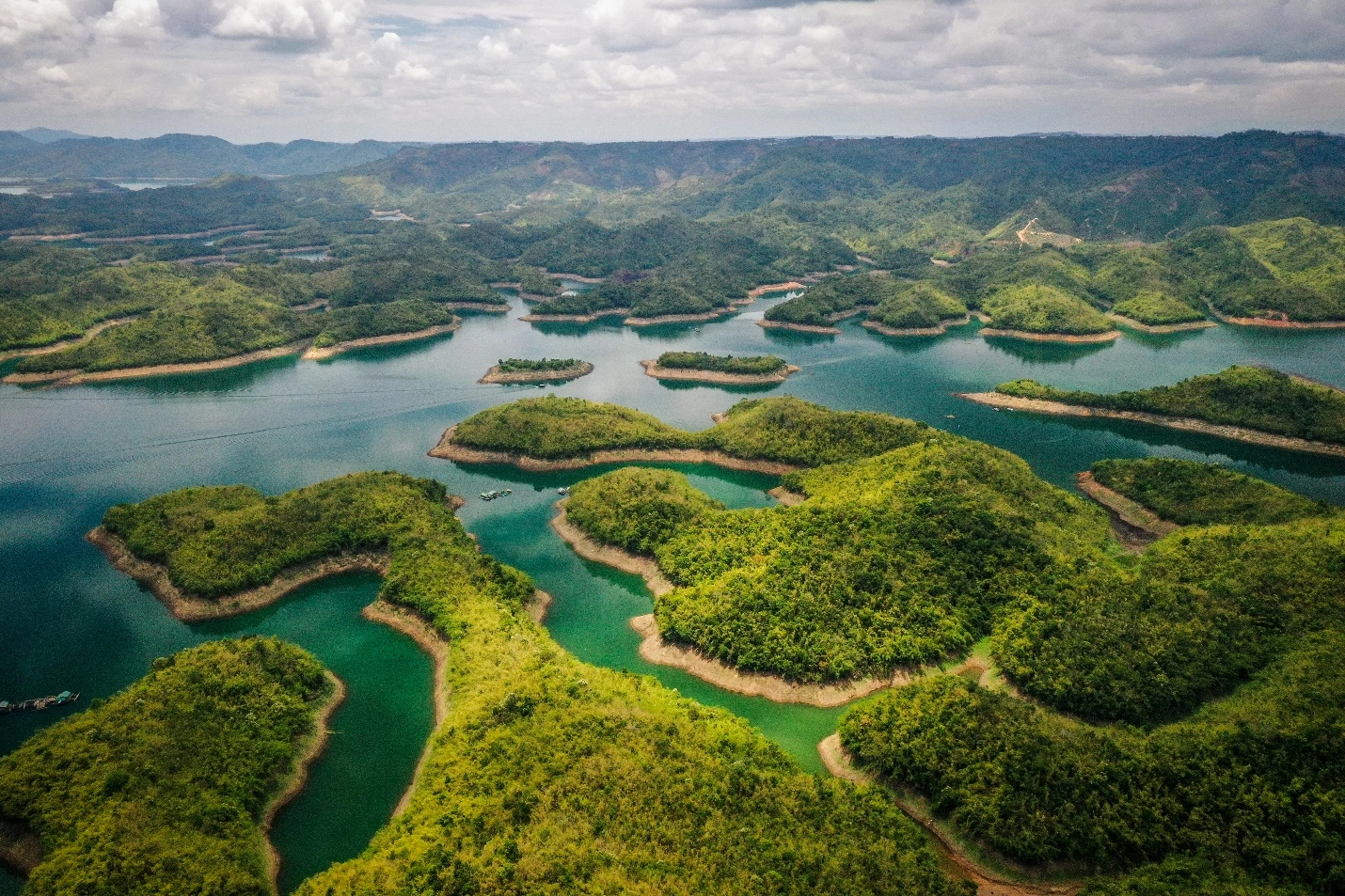
- Plan for Implementing the Planning for Dak Nong ...
- 18:30, 16/01/2025
-
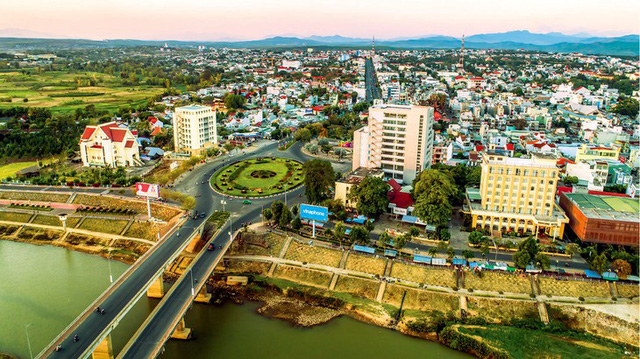
- Plan for the implementation of the Planning for ...
- 14:59, 13/01/2025
-
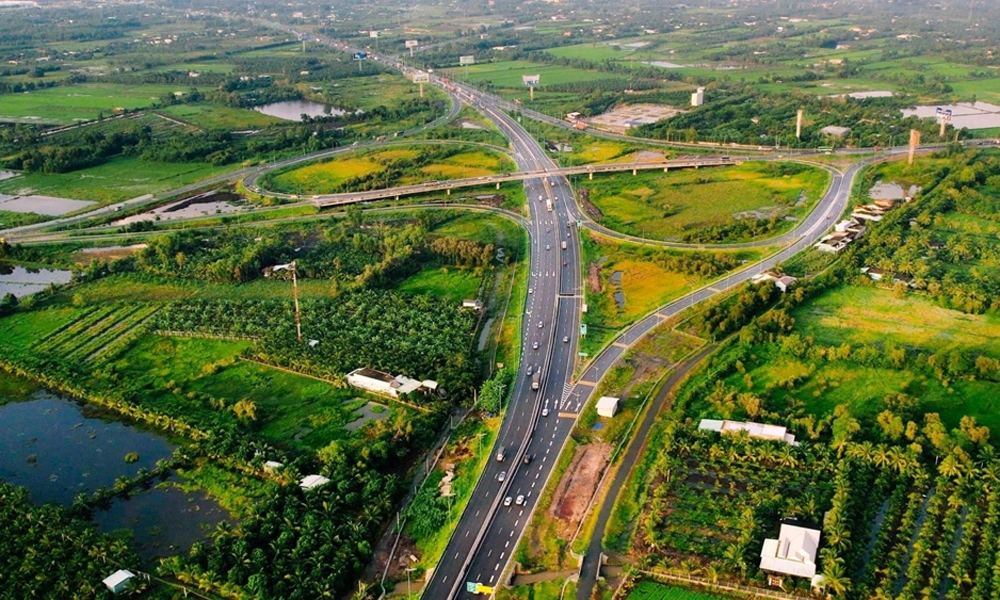
- Plan for the implementation of the Planning for ...
- 14:08, 13/01/2025
-
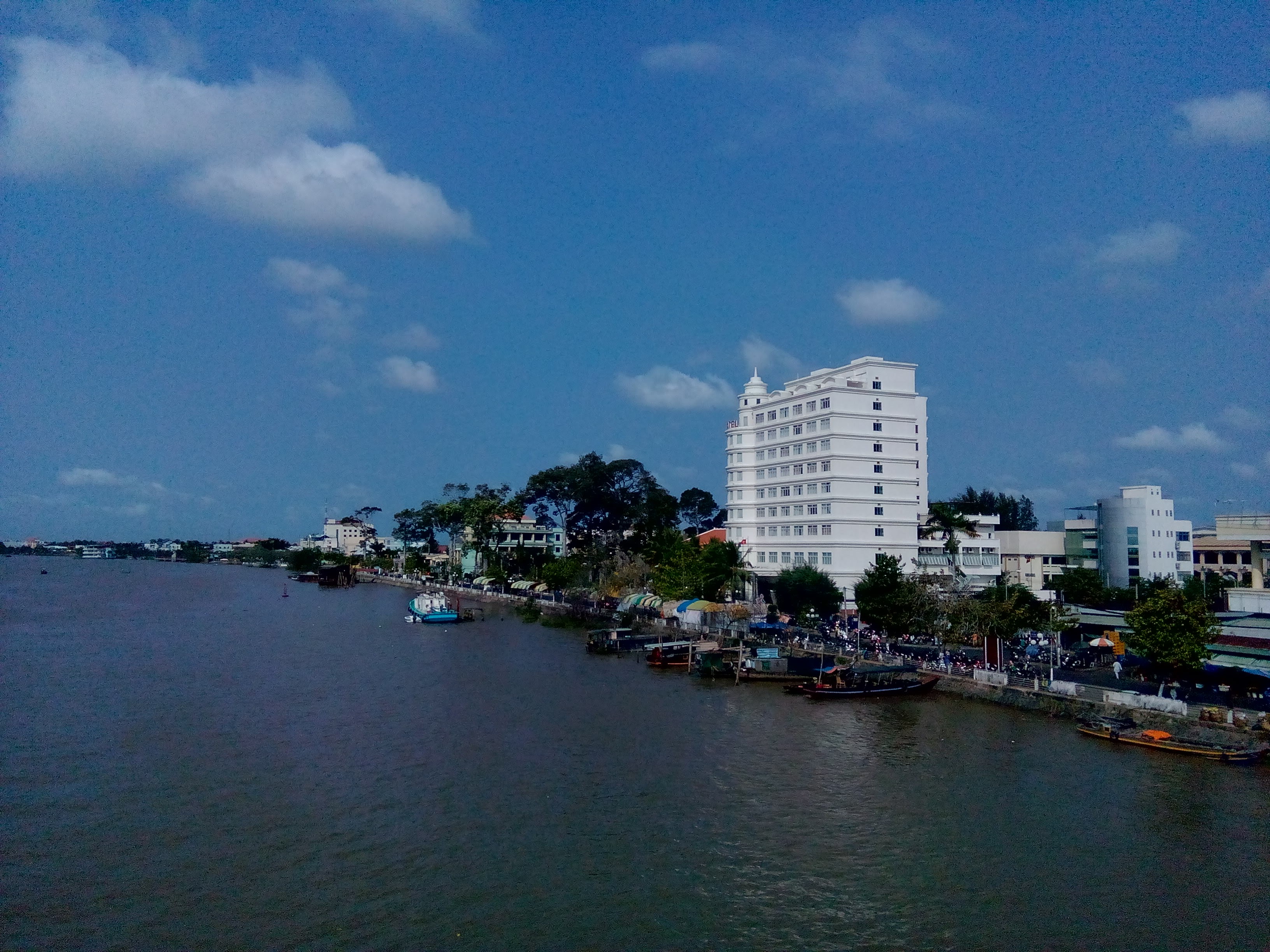
- Plan for the implementation of the Planning for ...
- 14:02, 13/01/2025
-

- Notable new policies of Vietnam effective as of ...
- 16:26, 11/04/2025
-
.Medium.png)
- Notable documents of Vietnam in the previous week ...
- 16:21, 11/04/2025
-
.Medium.png)
- Notable documents of Vietnam in the previous week ...
- 16:11, 02/04/2025
-
.Medium.png)
- Notable new policies of Vietnam to be effective ...
- 16:04, 02/04/2025
-
.Medium.png)
- Notable new policies of Vietnam effective from ...
- 14:51, 21/03/2025
 Article table of contents
Article table of contents
